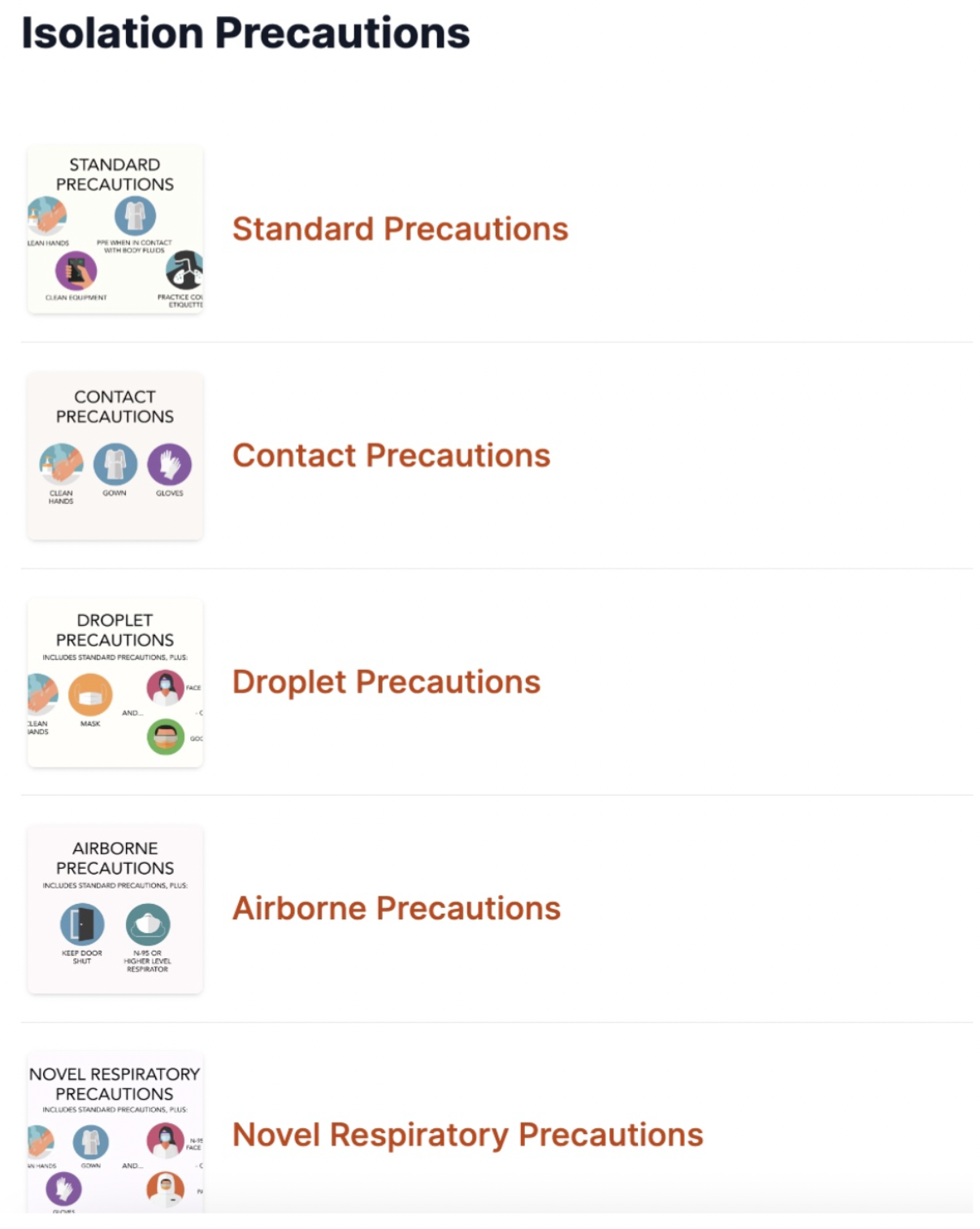Reimagine Your Interprofessional Education Content with PhysioU
We have all had the experience of organizing Interprofessional Education (IPE) content for our programs. Between scheduling time with our own students, coordinating with faculty and students from other disciplines, reserving rooms, and budgeting for the related expenses, there are plenty of reasons that IPE has historically been difficult to integrate into the curriculum.
If this sounds familiar to you, click here to learn more about PhysioU’s IPE module
By now, educators at all levels are familiar with simulation-based learning. Research suggests that interprofessional care is important for patient outcomes, better quality of care and lower costs.
Homeyer et al, discussed four primary arguments for IPE:
Development and promotion of inter-professional thinking and acting
Acquirement of shared knowledge
Promotion of beneficial information and knowledge exchange
Promotion of mutual understanding
Using PhysioU’s case simulations allows programs from a variety of geographical locations to have the same access to students from disciplines not available at their campus. Click here to view the IPE module, complete with a real patient case, evaluation and treatment of a traumatic brain injury patient, and supplementary materials to help with consistent administration of the synchronous content.








